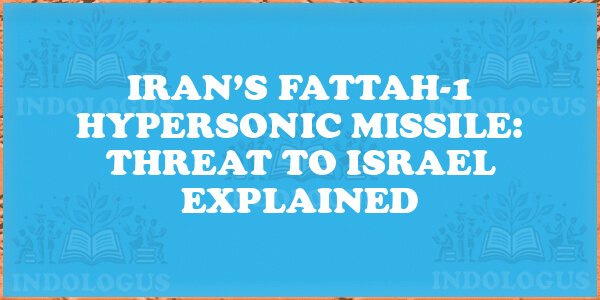In a recent development, Iran has utilized its Fattah-1 hypersonic missile against Israeli targets, escalating tensions in the region. This move signifies a pivotal shift in military dynamics, introducing hypersonic technology into active combat.
Overview of Fattah-1 Missile Strike
Iran’s Revolutionary Guard Corps executed the missile strike as part of Operation Honest Promise 3, displaying its advanced military capabilities.
Hypersonic Missiles: A Game-Changer in Modern Warfare
Hypersonic missiles, traveling at speeds exceeding Mach 5, possess unique characteristics that make them highly dangerous:
- Interception by defense systems is nearly impossible due to their high speed and maneuverability.
- They can fly at lower altitudes, making tracking challenging.
- Considered a game-changer in asymmetric conflicts.
Key Features of Fattah-1 Missile
The Fattah-1, Iran’s first hypersonic missile, boasts impressive specifications:
- Length: 12 meters
- Range: Up to 1,400 kilometers
- Propulsion: Single-stage solid fuel
- Payload: Can carry up to 200 kilograms of explosives
- Speed: Up to 17,900 kilometers per hour
Design Advantages
Equipped with a hypersonic glide vehicle warhead, the Fattah-1 can evade radar systems and perform evasive maneuvers, enhancing its effectiveness.
Implications and Strategic Messaging
The use of Fattah-1 sends a strong message:
- Iran possesses cutting-edge military technology.
- It is willing to escalate tensions if necessary.
- Views its missile program as a key element of national defense and deterrence.
Key Takeaways for Competitive Exams
- Hypersonic missiles like Fattah-1 pose a significant challenge due to their speed and maneuverability.
- Iran’s use of advanced military technology underscores its strategic intent in regional conflicts.
- The Fattah-1 missile’s design features make it a formidable weapon against defense systems like Israel’s Iron Dome.



